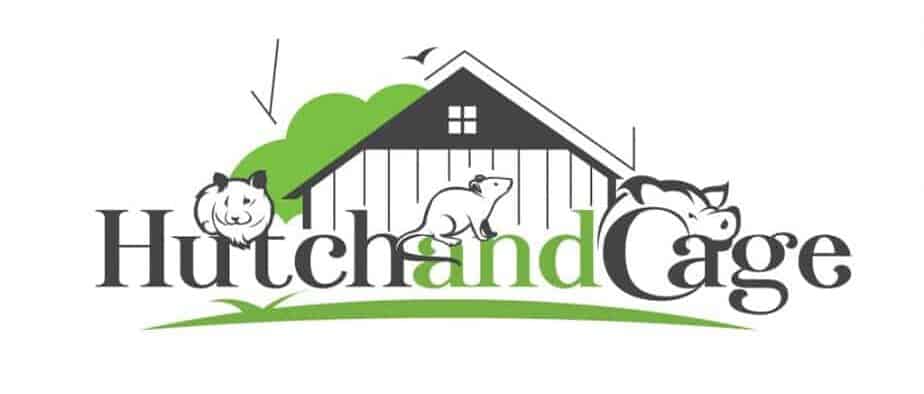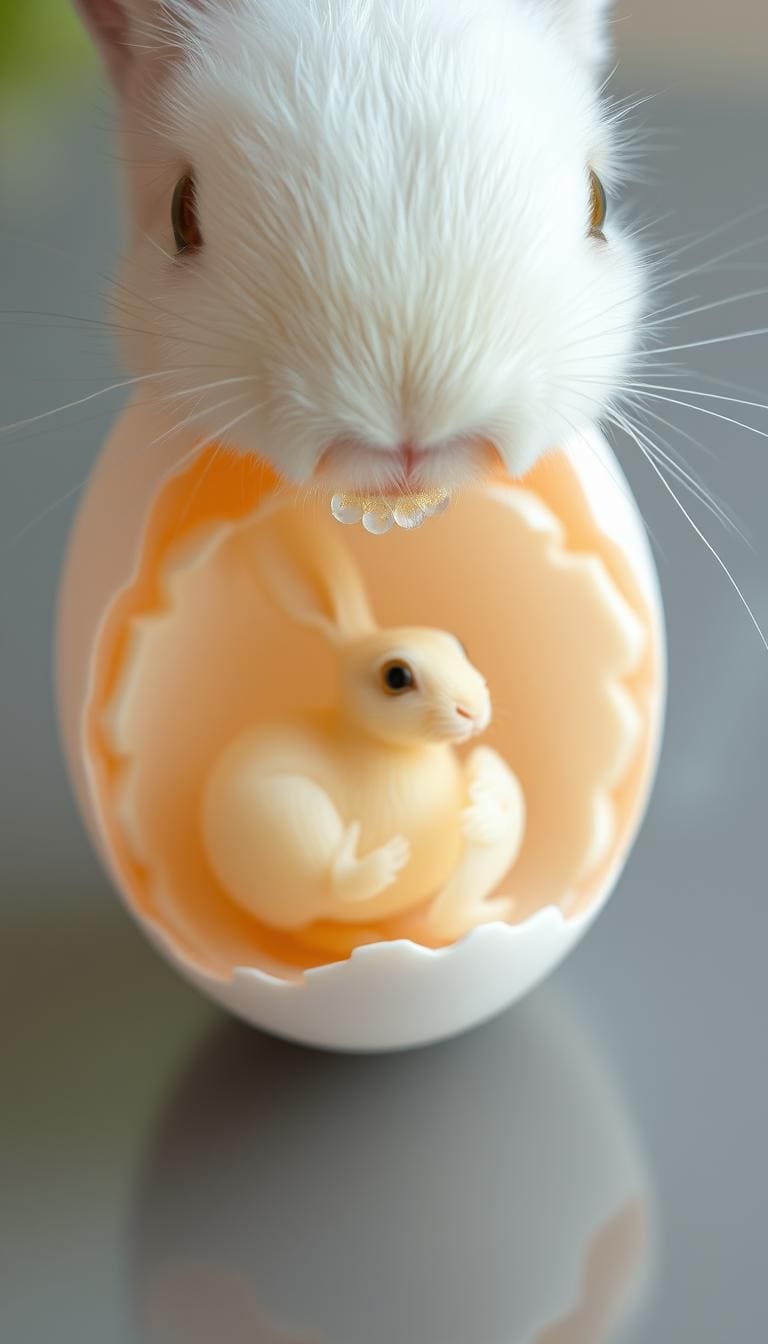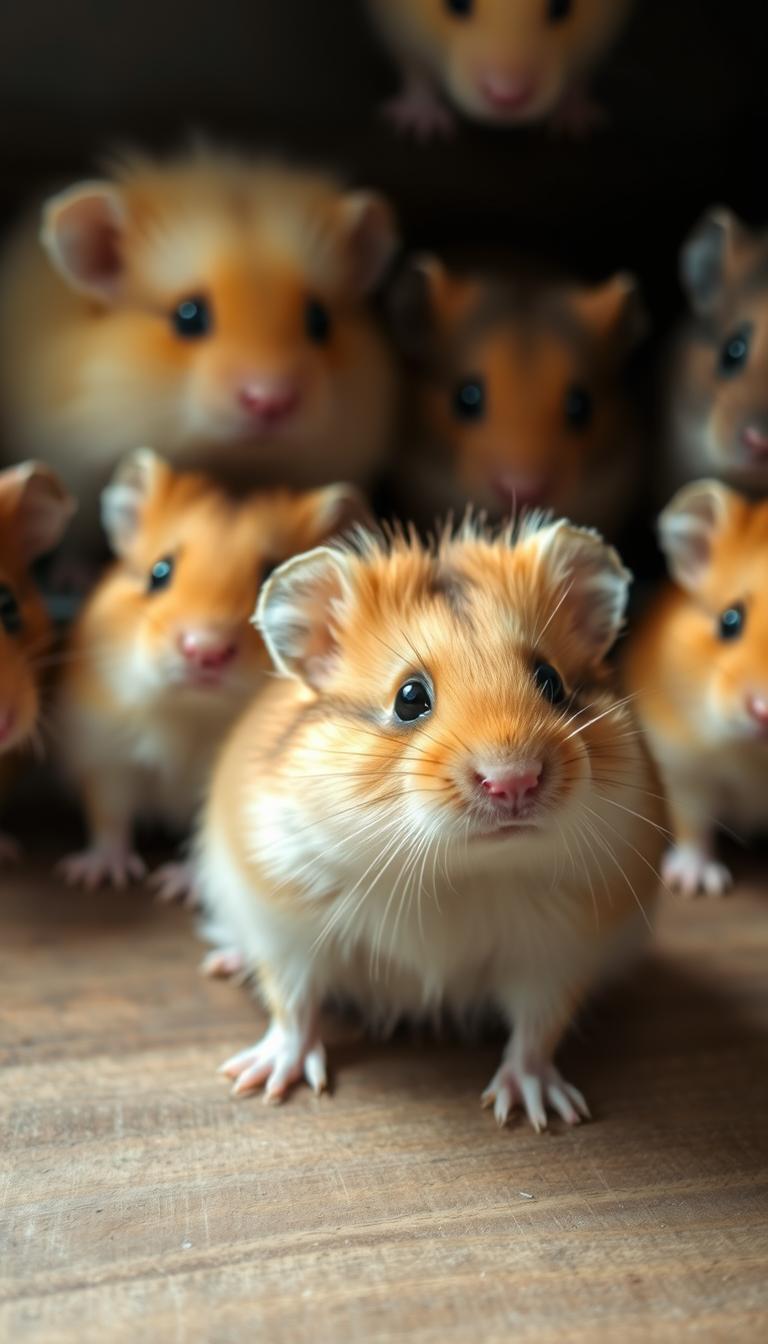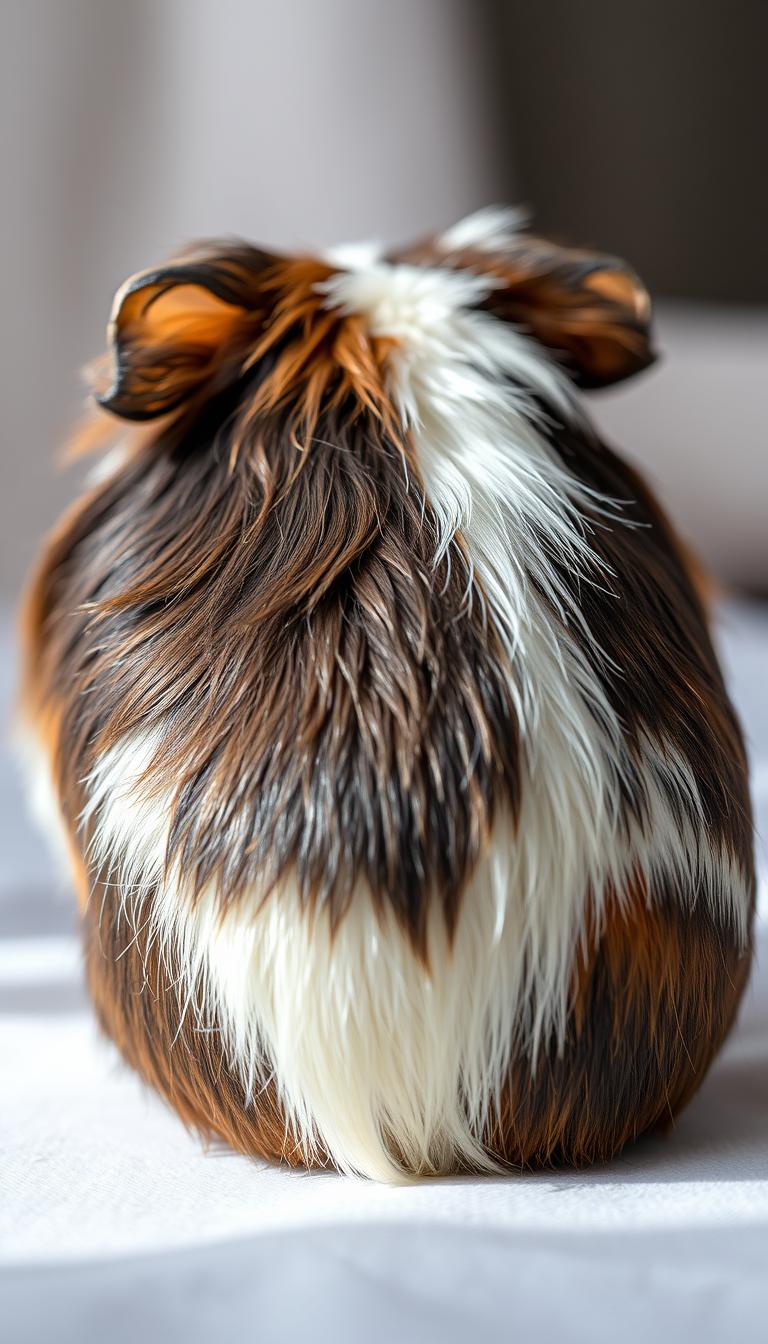You’ve likely seen fluffy bunnies paired with colorful ovals in springtime decorations. This playful imagery sparks a common question about nature: do these furry animals actually produce eggs? Many wonder about this during festive seasons when the two symbols dominate store displays and greeting cards.
Surprisingly, thousands search online monthly for answers. The mix-up likely comes from cultural traditions rather than biology. Unlike reptiles or birds, mammals like dogs or humans don’t lay eggs—and neither do their long-eared cousins.
This article breaks down the science behind how these creatures reproduce. You’ll learn why the Easter connection exists and how real-life biology differs from folklore. We’ll compare mammal traits with egg-laying species to clarify why live births are the norm here.
By understanding these facts, you’ll gain insight into animal diversity. Share this knowledge next time someone asks about this quirky topic!
Table of Contents
Understanding Rabbit Biology and Reproduction
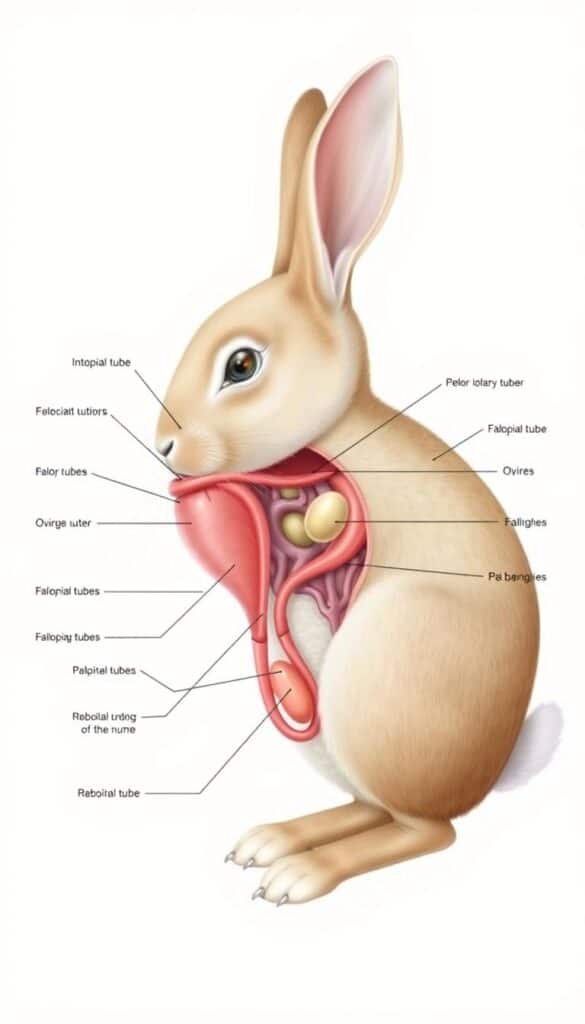
The secret behind rabbits’ rapid population growth lies in their biology. Unlike egg-laying creatures, these furry mammals nurture their young internally through a specialized placental connection. This adaptation allows developing offspring to receive nutrients directly from their mother.
Mammalian Development: Life Before Birth
Female rabbits (called does) carry pregnancies for just 31-33 days. During this short gestation period, up to 12 kits develop in the uterus. Their survival depends entirely on the mother’s body until birth occurs.
Reproductive Patterns and Family Growth
You might be surprised by their breeding efficiency. Mating triggers egg release rather than hormonal cycles, allowing does to conceive immediately after delivering. Some mothers produce over 1,000 offspring in their lifetime through back-to-back litters.
This rapid reproductive strategy explains why rabbits symbolize fertility in many cultures. While they don’t lay eggs, their ability to sustain large populations makes them evolutionary success stories among mammals.
Are Rabbits Born In Eggs: Unraveling The Myth and Misconceptions
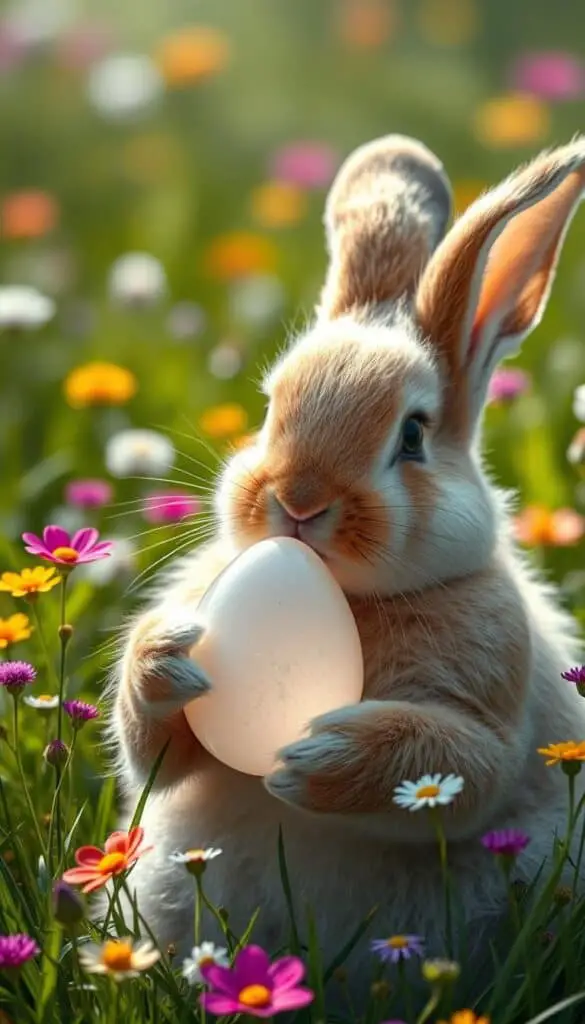
Why do fuzzy baby animals and decorated eggs share the spotlight every spring? This quirky pairing creates a persistent mix-up about how certain creatures reproduce. Let’s separate festive folklore from biological facts.
Exploring Common Misunderstandings
The Easter tradition blends symbols of fertility into one confusing image. Just as some think brown cows produce chocolate milk, many assume egg-laying bunnies exist. Cultural symbolism, not nature, connects these icons.
Over 5,000 monthly U.S. searches ask about rabbits laying eggs. This shows how deeply the myth sticks in people’s minds. As one zoologist notes:
“Mammals and egg-layers belong to entirely different biological playbooks – mixing them is like comparing apples to baseballs.”
Clarifying the Difference Between Egg-Laying Animals and Mammals
Here’s a quick comparison to settle the question:
| Feature | Viviparous (Live Birth) | Oviparous (Egg-Laying) |
|---|---|---|
| Development Location | Inside mother’s body | Outside in protective shell |
| Nutrient Source | Placental connection | Yolk sac |
| Examples | Rabbits, dogs, humans | Chickens, snakes, turtles |
Bunnies belong firmly in the first category. Their rapid breeding comes from frequent live births, not laying eggs. Next time you see holiday decorations, you’ll know the truth behind the bunny-egg duo!
The Easter Bunny and Its Historical Roots

Ever wonder how a fluffy character became linked to springtime celebrations? Our modern holiday traditions blend ancient symbols with newer customs in surprising ways. Let’s dig into the story behind this cultural mash-up.
The Role of Pagan Fertility Symbols
Long before chocolate eggs existed, early Europeans celebrated spring’s rebirth. They honored Eostre – a goddess of dawn and fertility. Her symbols? Rapid-breeding animals and colorful eggs, both representing new life.
Rabbits symbolized abundant reproduction. Eggs meant fresh beginnings. These pagan emblems later merged with Christian teachings during the 4th-century Council of Nicaea. The spring festival became Easter.
How the Easter Bunny Became a Cultural Icon
German immigrants brought their Osterhase tradition to America in the 1700s. Children made nests for this “Easter Hare” to leave decorated eggs. By the 19th century, the bunny evolved into the egg-bearing figure we know today.
Linking Colorful Eggs and Festive Traditions
Here’s how key elements combined over time:
| Pagan Element | Christian Adoption | Modern Tradition |
|---|---|---|
| Spring equinox celebrations | Resurrection holiday | Family gatherings |
| Fertility symbols (rabbits/eggs) | Lenten egg restrictions | Egg hunts & baskets |
| Natural renewal themes | Spiritual rebirth | Children’s activities |
This blend explains why colorful eggs and a mythical rabbit define our spring holiday. While biology confirms rabbits don’t lay eggs, cultural evolution created an enduring tradition that delights children each year.
Dispelling Misinformation About Rabbit Reproduction
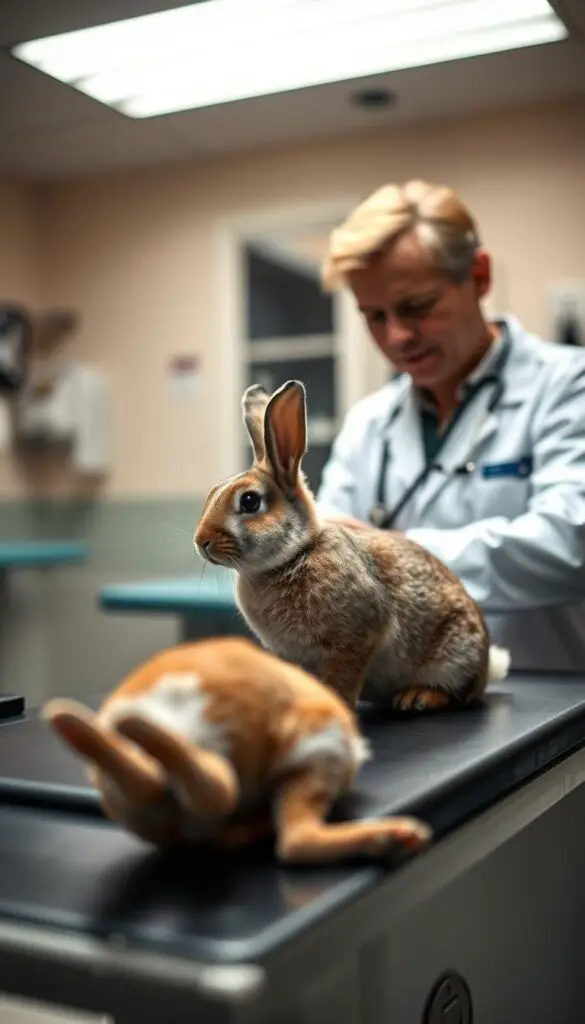
When caring for these furry companions at home, many new parents encounter surprising gaps between myths and biological reality. Let’s set the record straight using science-backed facts.
What Science Tells You vs. Popular Beliefs
Veterinary research reveals critical details often missed in casual conversations. Did you know pregnancies lasting over 32 days require professional intervention? As one animal health manual states:
“Delayed labor risks fetal reabsorption – timely veterinary care preserves both mother and kits.”
Here’s what often gets confused:
- Kits ≠ Bunnies: The term “bunny” works for any age, but newborns have a proper name
- No eggshells involved: Live births follow standard mammalian processes
- Rapid breeding cycles: Frequent litters explain population growth, not mythical egg-laying
Insights From Trusted Sources and Veterinary Data
Reputable organizations like the House Rabbit Society provide clear guidance. If you’re considering bringing one into your home, understand these key points:
| Myth | Fact |
|---|---|
| Rabbits lay eggs | Live births only |
| Gestation varies widely | Strict 31-33 day window |
| Nicknames = scientific terms | “Kits” for babies, “bunny” is casual |
Modern veterinary practices help ensure healthy births worldwide. By trusting experts over folklore, you’ll make informed decisions about these fascinating animals.
Reflecting on Rabbit Life and Celebratory Traditions
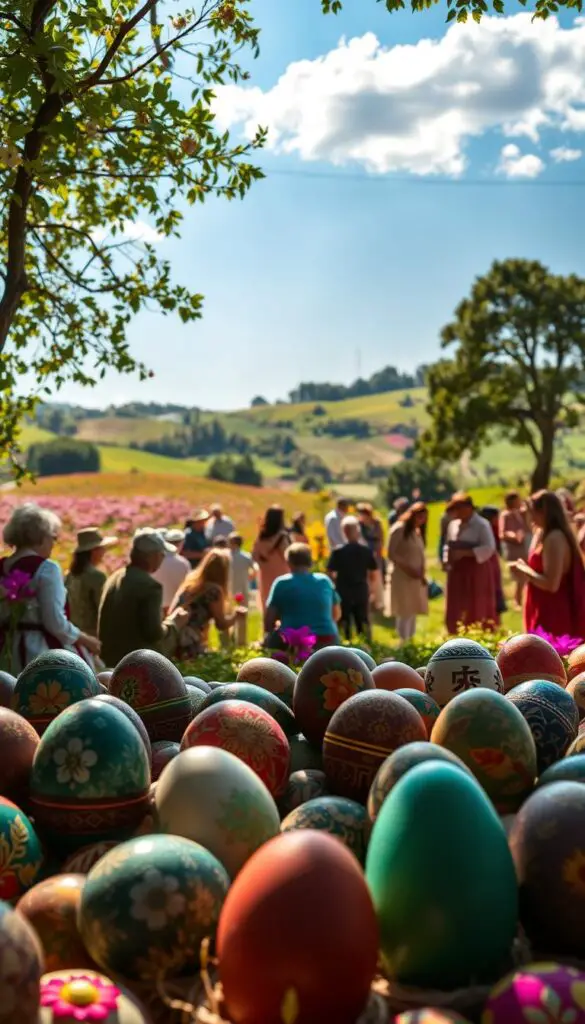
Cultural imagination paints springtime magic through creatures delivering eggs. While American children await the bunny, Swiss youth watch for cuckoo birds. In parts of Germany, clever foxes hide treats instead. These variations show how traditions adapt while celebrating new life.
Only five mammals worldwide lay eggs – platypuses and echidnas being nature’s oddballs. This makes their reproductive process 40 times rarer than live births in the animal kingdom. Understanding this helps you appreciate why fluffy rabbits became symbolic stand-ins for egg-layers in folklore.
Next time you see holiday decorations, remember the science behind the symbols. Real rabbit biology – with rapid births and nurturing mothers – proves more remarkable than any myth. Share this knowledge at home while hiding chocolate eggs, blending cultural joy with biological wonder.
Whether your spring celebrations feature bunnies, birds, or foxes, you now hold fascinating truths about nature’s diversity. Traditions evolve, but science always reveals the magic in reality.
